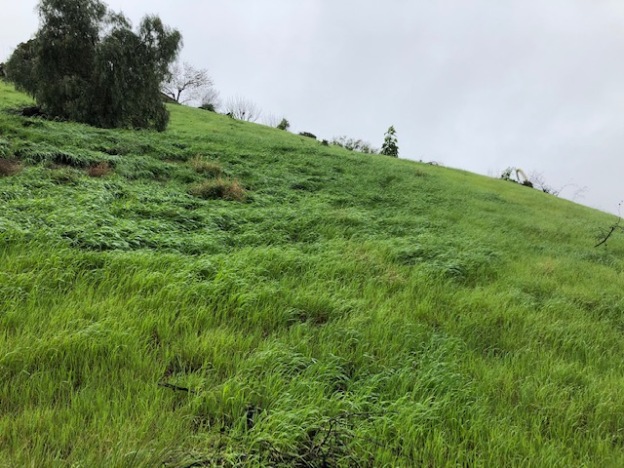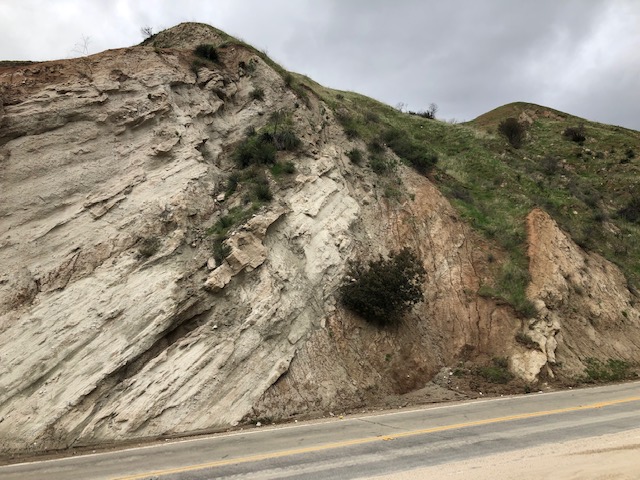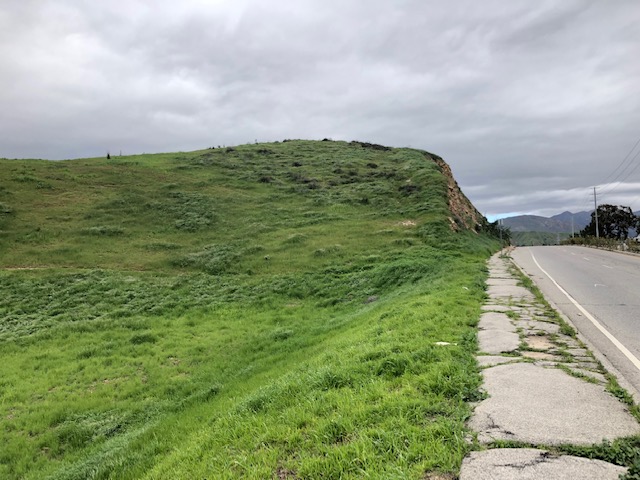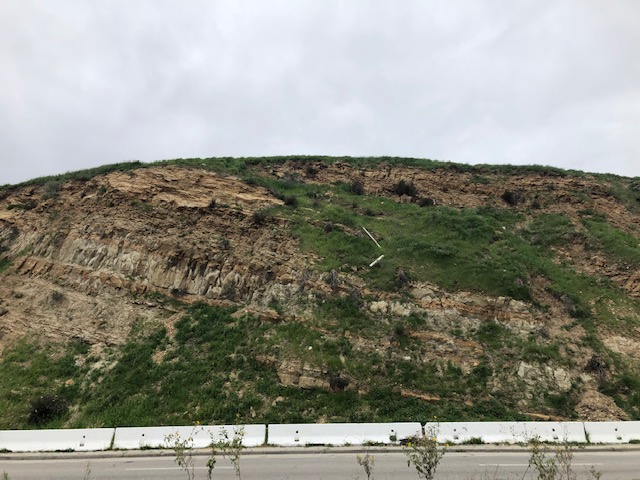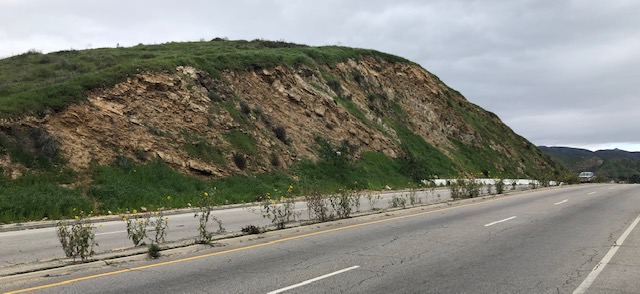Winter rains bring out the Spanish in California. If a growth of grass like this year’s had come in the ranching period, the herds of Mexican longhorns would have increased past counting. The profits from the tallow-and-hide trade with the Yankees at San Pedro would have been a cause for setting off fireworks. Ramona’s Allesandro would have grown so drowsy counting the sheep in his flock, he might have lain down in the hills for a ten year snooze, like Rip Van Winkle. Andres Pico never saw it looking so lush and fat. But this is the Spanish winter green that he, and the Franciscans, labored to create.
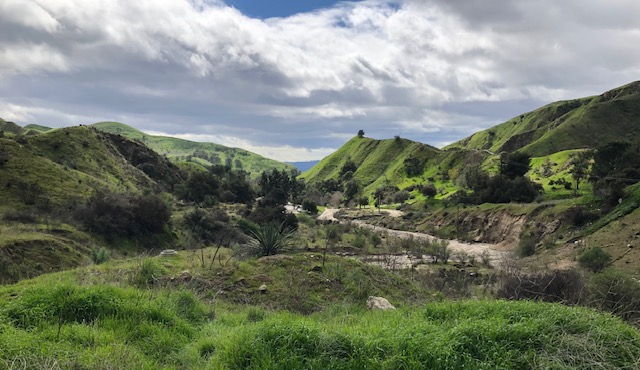
How did it happen so quickly? You can’t make bricks without straw. It explains why the Missions took so long (the 1790s, really) to get up their great adobe buildings.
“ And Pharaoh saith, Go ye, get you straw where ye can find it: yet not ought of your work shall be diminished. So the people were scattered abroad throughout all the land of Egypt to gather stubble instead of straw…
And the taskmasters hasted them, saying, Fulfil your works, your daily tasks, as when there was straw.
Exodus 5
And the…children of Israel…were beaten, and…cried unto Pharaoh, saying, Wherefore dealest thou thus with thy servants?…There is no straw given unto thy servants, and they say to us, Make brick: and, behold, thy servants are beaten; but the fault is in thine own people.”
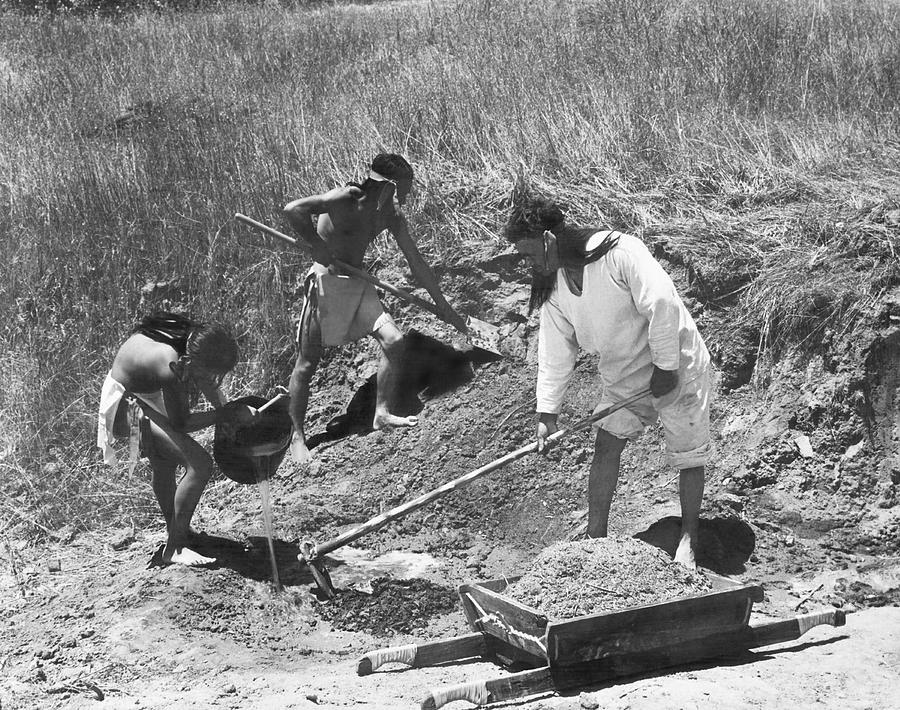
Mission San Fernando was the largest adobe complex ever built in California. Adobe bricks themselves cure in the sun; but if they are not covered with a tile roof and slathered with gleaming whitewash, they slump into mud with the first rain, just like the hills. Now, terra-cotta tile, and quicklime for whitewash, had to be fired in kilns, and kilns had to be fueled with oak. (Don’t blame the padres entirely: most of the Mission quicklime was sold to the pobladores of Los Angeles, to whitewash their adobe casitas downtown.)


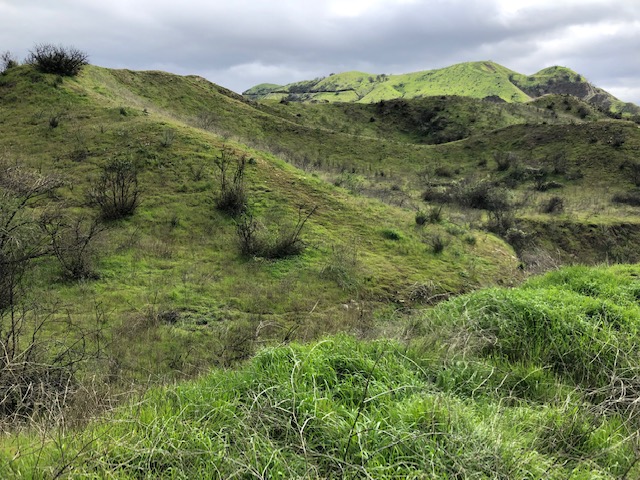
that these hills are essentially uplifted dunes of beach sand.
“The conversion of California’s grasslands to non-native grasslands began with European contact. European visitors and colonists introduced plants both intentionally and accidentally. Adobe bricks from the oldest portions of California’s missions (1791-1800s) contained remains of common barley (Hordeum vulgare), Italian ryegrass (Lolium multiflorum), redstem filaree (Erodium cicutarium), wild oat (Avena fatua), spiny sowthistle (Sonchus asper), curly dock (Rumex crispus), wild lettuce (Lactuca sp., wild mustard (Brassica sp.) and others (Hendry 1931).
Most of the nonnative and invasive plants in California originated from the Mediterranean region of Eurasia and North Africa. Exotic Mediterranean annual plants altered California’s native grasslands to such an extent that it has been called “the most spectacular biological invasion worldwide” (Kotanen 2004).”
from the website California’s Coastal Prairies
http://web.sonoma.edu/cei/prairie/index.shtml
Land that is disturbed for any reason (fire, flood, landslide, man or beast traffic) gets immediately be re-colonized by the invasive grasses. Mudslides, in particular, displace native plants.
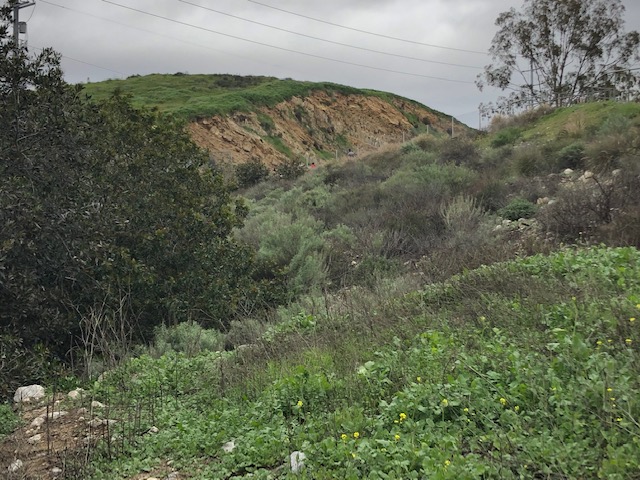
The peculiar geology around Hansen Dam allows a View of three green communities, on three ridges. The middle ridge is a forgotten corner of the golf course. Somehow this olive-green hued knoll either retained, or re-grew after the Army Corps left, a native foothill chaparral flora: mature laurel sumac trees, shoulder-high sagebrush, buckwheat, cholla cactus, native sunflowers and bunch grasses. Above it, carpeting Top Hill., is the deep green of the naturalized Spanish/Mexican pasture grass mix, Old World foxtails and wild oats and rye and brome.
The bottom, bright green and yellow ridge is a small alluvial dump that just a week ago washed down from a new bridle path ramp. The disturbed soil immediately sprouted mustard shoots and turf weeds. The native plants nearby are putting out root; they won’t get a chance for a foothold until they set seed in the fall. If a hot summer burns off the “weeds”, the California natives might get a chance.

